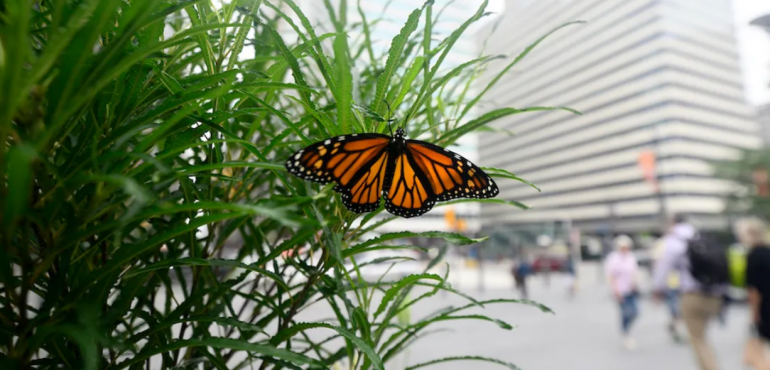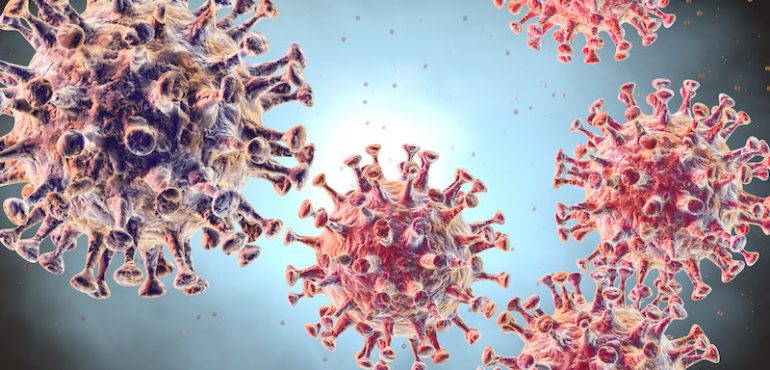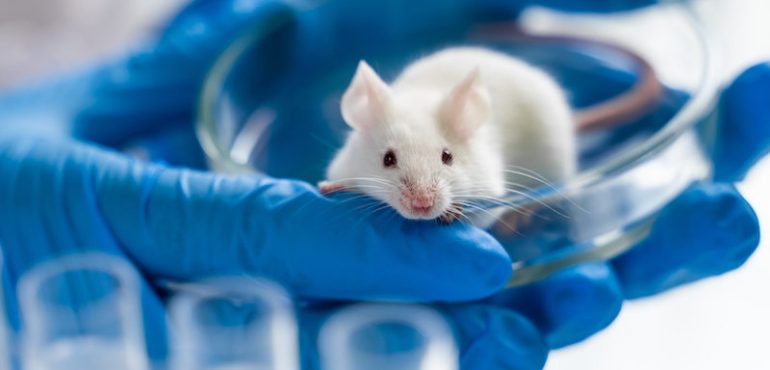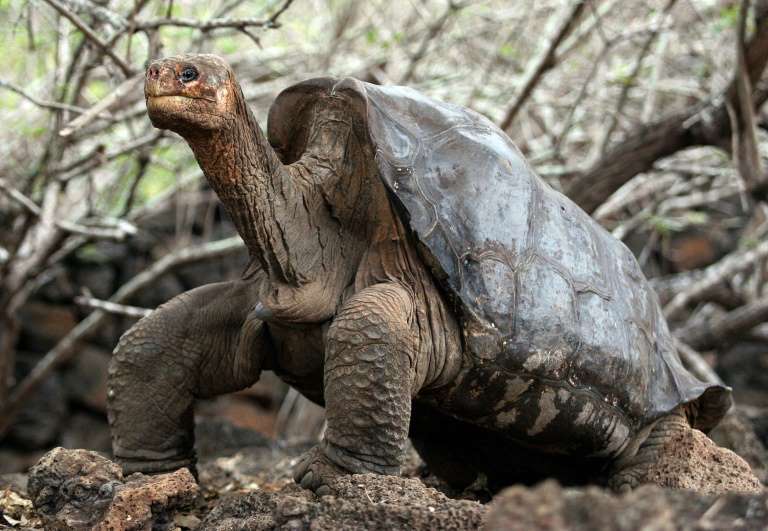Both Eastern and Western monarch butterflies are seeing their populations plummet precipitously, worrying scientists that the future of the species is in peril, according to multiple surveys of butterfly populations. The New York Times recently reported on efforts to track the Western monarch butterfly, which spends its winter on California's central coast before heading off to…
Read more
Monarch Butterfly Populations Are Plummeting










